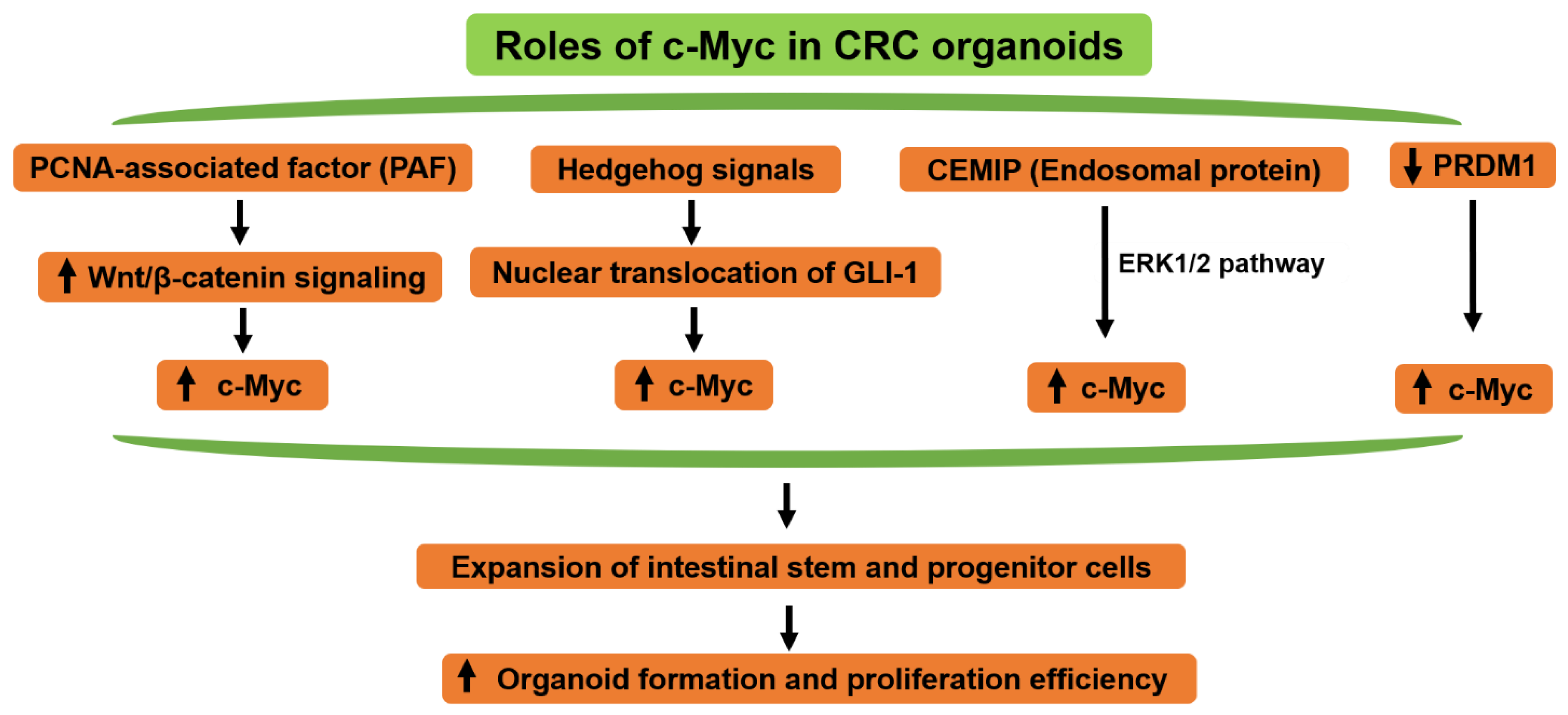myc Contributes to Malignancy of Lung Cancer A Potential Anticancer Biology Diagrams
myc Contributes to Malignancy of Lung Cancer A Potential Anticancer Biology Diagrams A large body of physiological evidence shows that either upregulation or downregulation of intracellular c-Myc activity has profound consequences on cell cycle progression. Recent work suggests In the present study, a c‑Myc‑knockdown model (Raji‑KD) was established using Raji cells, and it was indicated that c‑Myc regulates the expression of genes associated with cell cycle progression in G2/M‑phase, cyclin D kinase (CDK)1 and cyclin B1, by modulating 60 kDa Tat‑interactive protein (TIP60)/males absent on the first (MOF

Effects of c-myc expression on cell cycle progression. K D Hanson. K D Hanson. 1 Department of Molecular Biophysics, Yale University School of Medicine, New Dean M., Sonenshein G. E. Cell-cycle control of c-myc but not c-ras expression is lost following chemical transformation. Cell. 1984 Feb;36(2):241-247. doi: 10.1016/0092-8674(84)90217 The timing of cyclin E induction was the earliest observable effect of reduced Myc expression. Our data indicate that Myc contributes to regulation of proliferation by a cell-autonomous mechanism that involves the modulation of cyclin E expression and, consequently, progression through the restriction point of the cell cycle.

MYC Oncogene Contributions to Release of Cell Cycle Brakes Biology Diagrams
We further show that heterogeneity in c-Myc dynamics leads to variable target gene transcription and that timing of c-Myc expression predicts cell-cycle progression rates and drug sensitivities. Together, our data advocate for a model in which cancer cells increase the heterogeneity of functionally diverse transcription factors such as c-Myc to An indirect proof of the role of Myc in cell cycle progression is the fact that Mxd proteins (Mxd1, Mxi1, Mxd3, Mxd4 and Mnt), which bind to Myc-binding sites and antagonize Myc transcriptional activity, inhibit cell proliferation (reviewed in [80], [81], [82]). Cell cycle arrest is also observed upon the enforced expression of MadMyc, a

c-Myc affects cell cycle progression at multiple independent points. It is often observed that a single primary regulatory defect can elicit pleiotropic phenotypes by a cascade of downstream effects. For example, c-Myc could act primarily at the point of Cdk4 and -6 activation but cause more generalized effects by interfering with the Induction of cell proliferation by promoting G 1 to S-phase transition during cell cycle progression is one of Myc's best characterized functions, a feature linked to its pro‐oncogenic We will review here the role of MYC as cell-cycle brake releaser i.e., how MYC stimulates cell cycle mainly through the repression of cell-cycle inhibitors . Cell-cycle progression is regulated by serine/threonine protein kinases composed by a catalytic subunit or CDK (cyclin-dependent protein kinase), and a regulatory subunit, the cyclin [ 43
